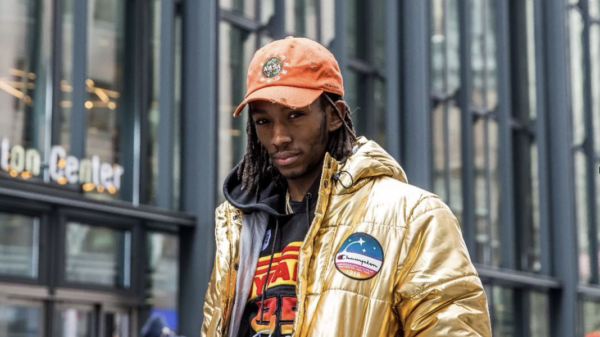Terry Manning, a music producer and engineer who collaborated with Led Zeppelin, Big Star, and ZZ Top, died at his home in El Paso, Texas, on Wednesday. He was 77.
Just two weeks earlier, a jovial Manning recalled working with Jimmy Page and other giants of the music biz in an interview spanning his career from El Paso to Memphis, the Bahamas, and back. At the time of his death, he was still actively recording artists at Sonic Ranch in Tornillo, Texas, 30 miles east of his hometown.
“I was so lucky in my career — I call it a career now, I guess, but it was just life,” Manning said, reminiscing about how Memphis music mainstays Steve Cropper, Al Bell, and John Fry, and the Texan Bobby Fuller before them, served as his mentors. “I worked with so many people who are great at music, and I just tried to absorb it like a sponge.”
When a teenaged Manning moved to Memphis with his family in 1963, he immediately sought out Stax, ground zero of the R&B movement led by artists like Cropper, Isaac Hayes, and others. The determined Central High School student grabbed his Telecaster and hopped onto a city bus, aiming to secure a recording contract. Although that mission didn’t land, he impressed Cropper enough to earn a gig in the tape copy room, where he dubbed the studio and label’s reels for overseas markets.
“One day, an engineer hadn’t shown up and I got asked, did I know how to get a sound on tape,” he said. “From that day on, I was an engineer.”
Manning applied his musical instincts and burgeoning studio knowledge to local Memphis artists like Chris Bell, whose band Rock City he helped evolve into the beloved Big Star. “I was in the group we called Rock City, and … when it turned into Big Star, [we] took two or three of the songs off of Rock City and put it on the first Big Star album [1972’s #1 Record],” Manning said. “I was kind of a fifth member of a Big Star in a way, although I don’t want to claim too much credit.”
Editor’s picks
Manning was also working with acts like Led Zeppelin at the time. The engineer met Page on a package tour in the latter half of the 1960s, when his band Lawson and Four More, fronted by Bobby Lawson, supported the Yardbirds. The friendship endured, and whenever Led Zeppelin played in the area, the pair hung out at Ardent, at the time a new recording facility, and talked about the Mississippi Delta blues music they both loved.
Their relationship turned professional when Page, with both an album deadline and a tour looming, arranged for Manning to assist with overdubs and mixing of the band’s third album. Between dates on Zep’s 1970 U.S. trek, Page would fly with the master tapes to Memphis to complete Led Zeppelin’s III at Ardent.
“We just locked the doors,” Manning said. “Nobody was in there except me, Jimmy Page, the manager Peter Grant, and any of the other band members [who were needed].”
Later, Page stood up for his friend’s handiwork on Zep’s behalf by demanding Atlantic Records destroy the entire first pressing of Led Zeppelin III when Manning’s engineering credit was omitted. “That was a big deal for me and for getting more jobs in the studio,” he said. “I’ll never forget Jimmy for being such a great guy and going through that for me.”
Manning later worked at Abbey Road Studios in London and partnered with Chris Blackwell in Compass Point Studios in Nassau, Bahamas, before returning to Texas.
Although his work with influential groups like Led Zeppelin and Big Star might be his biggest claims to fame, he also racked up hundreds of credits on albums by ZZ Top, Isaac Hayes, Al Green, the Staples Singers, Lenny Kravitz, and Widespread Panic. During his years working with Stax, he also oversaw the recording of Wattstax, a 1972 all-star concert at Los Angeles Coliseum that became a feature film and double-vinyl soundtrack, calling it “the longest, hardest day of my life.”
Trending Stories
In January, Manning released Red and Black, his sixth album as a solo artist, to encapsulate the spirit of his life’s work.
“Each song is like a tribute to a style that I’ve worked on,” he said. “There’s a song that’s kind of a Led Zeppelin-ish song, there’s a couple of ZZ Top-ish songs, things that relate to Compass Point Studios and have the Talking Heads, Bryan Ferry, Roxy Music feel. It’s like a compendium of styles that I’ve been lucky enough to work on, and I did my little tributes to them.”





























